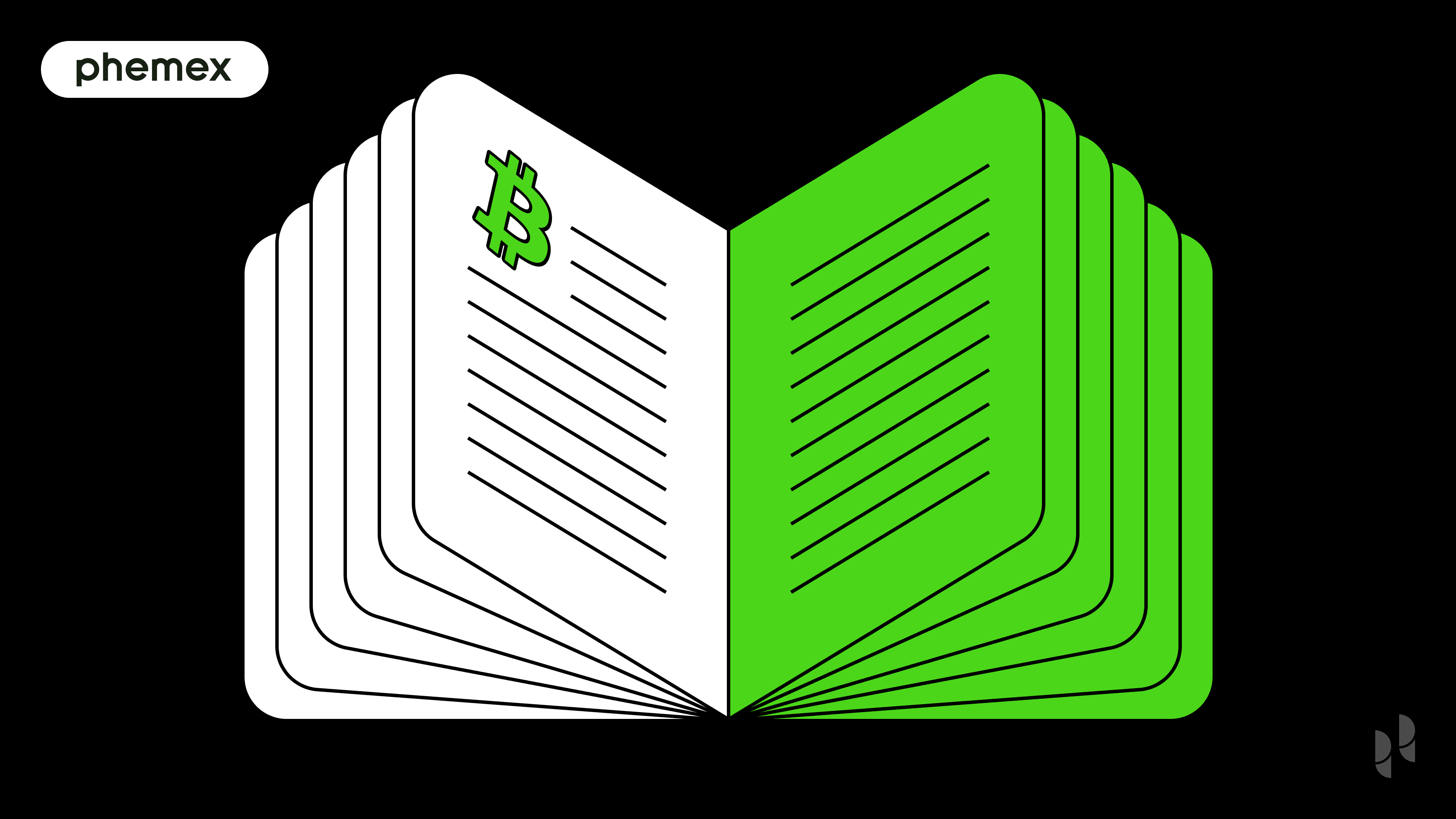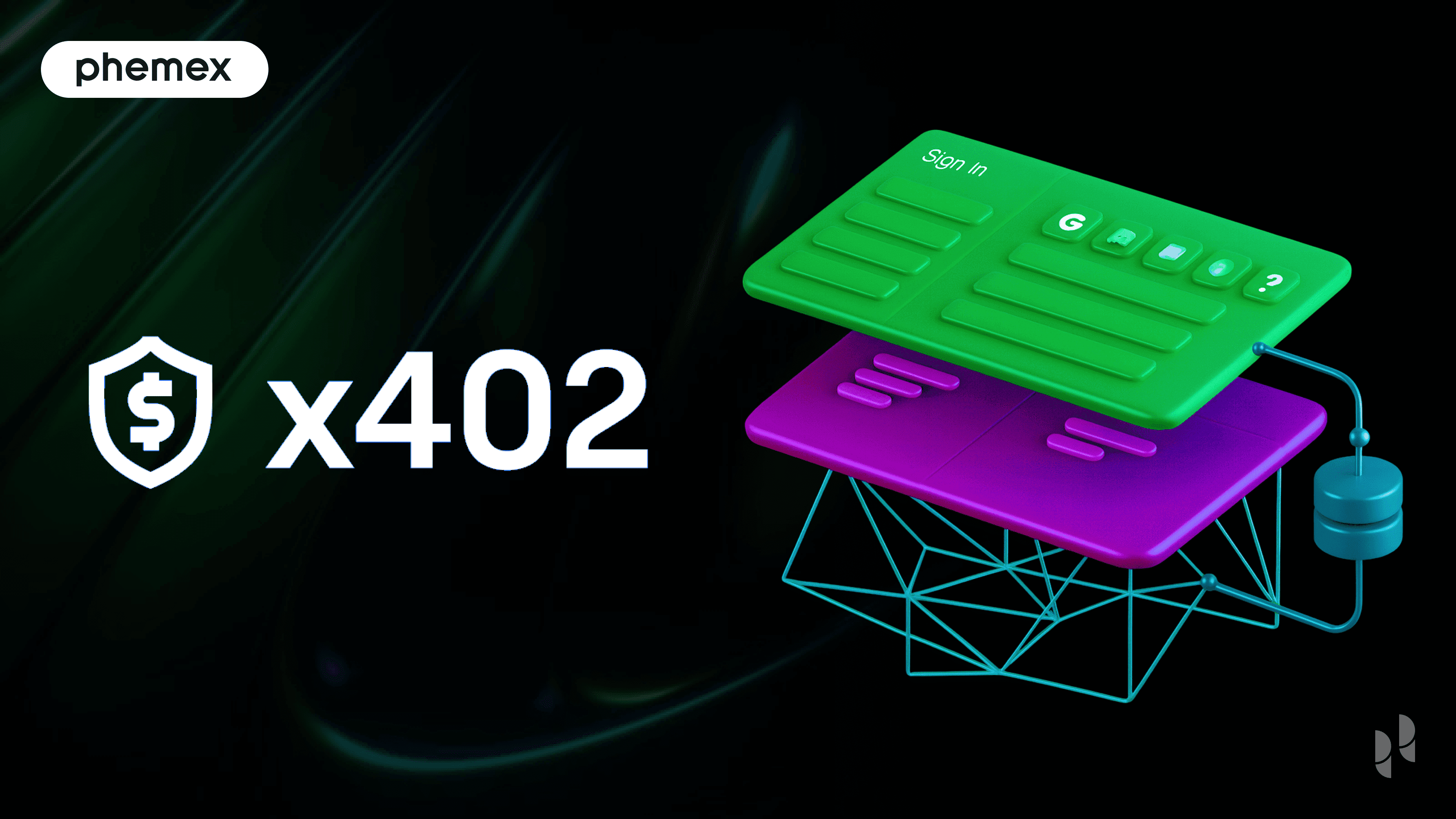Crypto airdrops occur when new tokens are freely distributed to different wallets in order to drive initial growth and build a community. They represent a popular marketing tactic that new projects use to spread awareness of their brand and products in the cryptocurrency space. An airdrop is a useful way to promote a token and its utility to the market. It can also be used to reward users for completing simple tasks such as posting a campaign on social media or reviewing a particular feature.
The benefits of a cryptocurrency airdrop are numerous because it helps teams and end-users build sustainable long-term communities surrounding blockchain-based projects. In a nutshell, airdrops occur when a project decides to distribute tokens for free. Usually only small amounts are given out, but they might appreciate to a significant value if the project takes off.

How Crypto Airdrops Work
Cryptocurrency airdrops are usually scheduled in advance and work in two ways: automatic transfers and registration-based transfers. With automatic airdrops, tokens are sent directly to the recipient’s account. Registration-based airdrops require users to offer their personal details in order to collect tokens.
Accounts become eligible for airdrops through various criteria, some of which include whether or not the account holder has:
- Used the application or the product
- Some amount of a specified token
- Registered for the airdrop
- Completed tasks required to qualify for the airdrop
 Functions of a crypto airdrop (Source: Masterthecrypto)
Functions of a crypto airdrop (Source: Masterthecrypto)
Why Do Companies Airdrop Crypto?
There are many reasons to conduct or take part in an airdrop. Projects that want to raise a public coin offering may use airdrops to generate awareness and improve their chances of receiving funding. Airdrops can be a clever way to stand out given how rapidly the industry is growing and the number of projects popping up each week.
Though participants are usually required to perform tasks to receive the airdrop, sometimes it will be sent out with no pre-conditions. For example, last month, the Flare Network distributed its Spark tokens to XRP holders on Ripple’s XRPL blockchain. It also included those holding assets on exchanges like Phemex.
Airdrops also helps catalyze the token’s swift adoption by boosting the project’s perceived integrity. The Uniswap decentralized exchange distributed UNI tokens to its initial users as a way to reward early adopters and as an expression of gratitude.
In addition to being a marketing tool, airdrops can be used to collect user base data. Most require participants to offer at least some personal information, such as email address, social media handles, or an opinion on the project. Therefore, an airdrop can be considered a bidirectional awareness campaign that enables development teams to gather information to build better products.
 UniSwap gave away airdrops to its early adopters (Source: publish0x)
UniSwap gave away airdrops to its early adopters (Source: publish0x)
Types of Airdrops
Standard Airdrops
Standard airdrops require participants first to sign up using their name and email address. Doing so will automatically set up an alert to notify them when the airdrop takes place and also gives them instant entry into the virtual event.
Exclusive Airdrops
As the name indicates, an exclusive airdrop is reserved for select community members who have proven their loyalty through consistent engagement with the platform. Such members might be the most active in discussions, developers actually contributing to the project, or others. Eligibility criteria will vary from project to project.
Hard Fork Airdrops
When a blockchain is hard forked, it creates a new branch in the chain. This can involve creating a new token to distinguish between the two co-existing chains. During a hard fork, holders of the original coins are automatically airdropped tokens for the new chain.
 Bounty Airdrops
Bounty Airdrops
Marketing a new project needs manpower, and bounty airdrops are a great way to construct a community. This airdrop requires users to complete specific tasks, such as promoting the project on Twitter by using specific hashtags, in order to be eligible.
Holder Airdrops
In an industry as competitive as blockchain, it’s essential to let your potential customers know you exist. Holder airdrops distribute tokens to the holders of other tokens. For example, in an EOS-based airdrop, users who hold EOS tokens would be eligible to receive the new tokens and the amount they receive might depend on how many EOS tokens they have. This allows newer projects to cut through the noise and deliver their brand to an existing user base.
Are Crypto Airdrops Worth It?
In September of last year, the Ethereum-based Uniswap DEX airdropped UNI tokens to its users with no strings attached. Based on the conversion rate at the time, the free tokens were worth over $1200. At today’s conversion rate, those same tokens are worth nearly 10X more. Clearly, certain cryptocurrency airdrops can be quite profitable.
Recently, the cryptocurrency-focused development community Gitcoin announced an airdrop of 15 million GTC tokens to the platform’s earliest GMV holders. At current rates, the airdropped tokens could potentially be worth at least $200.
ShapeShift recently announced that it would conduct one of the largest airdrops in crypto history in a process to decentralize its entire platform. The goal is to convert the platform into a decentralized autonomous organization (DAO), with over 340 million FOX tokens being airdropped to stakeholders based on their holdings.
 ShapeShift announces airdrop of FOX token to its users (Source: Shapeshift)
ShapeShift announces airdrop of FOX token to its users (Source: Shapeshift)
Does Crypto Airdrop Count as A Taxation Event?
The United States IRS taxes income from airdrops under ordinary income, so anyone holding coins that they receive through an airdrop must pay taxes on it.
The tax amount is decided by the token’s fair market price at the time of airdrop. This is significant for people who hold cryptocurrency in their wallet. Just by holding these coins, you could be liable to pay taxes for keeping that income. Make sure to check out your IRS Form 1040, where this income is listed as “other income.” This differs from the IRS Form 8949 that reports capital gains from cryptocurrency liquidations.
Conclusion
Crypto airdrops can be pretty rewarding, but it largely depends on the projects offering them. A good strategy is to weigh the potential gain against the eligibility requirements. It’s crucial to conduct your own thorough research before trusting in any project.
For any inquiries contact us at support@phemex.com
Follow our official Twitter | Join our community on Telegram
Trade crypto on the go: Download for iOS | Download for Android
Phemex | Break Through, Break Free
Read More
- Crypto Airdrop: What Is It and How Does It Work
- "https://phemex.com/academy/crypto-airdrops-vs-giveaways-whats-the-difference-how-to-find-the-most-profitable-ones"
- **FREE USDT: 100 USDT Airdrop for Phemex Academy Readers**
- What is Cryptocurrency & How It Differs From Digital Cash
- What Are Crypto Tokens? How Do They Work?
- How To Do Crypto Research: The Best Ways to Get Started
- What Are Decentralized Applications (dapps)?
- How To Trade Crypto: The Ultimate Investing Guide









